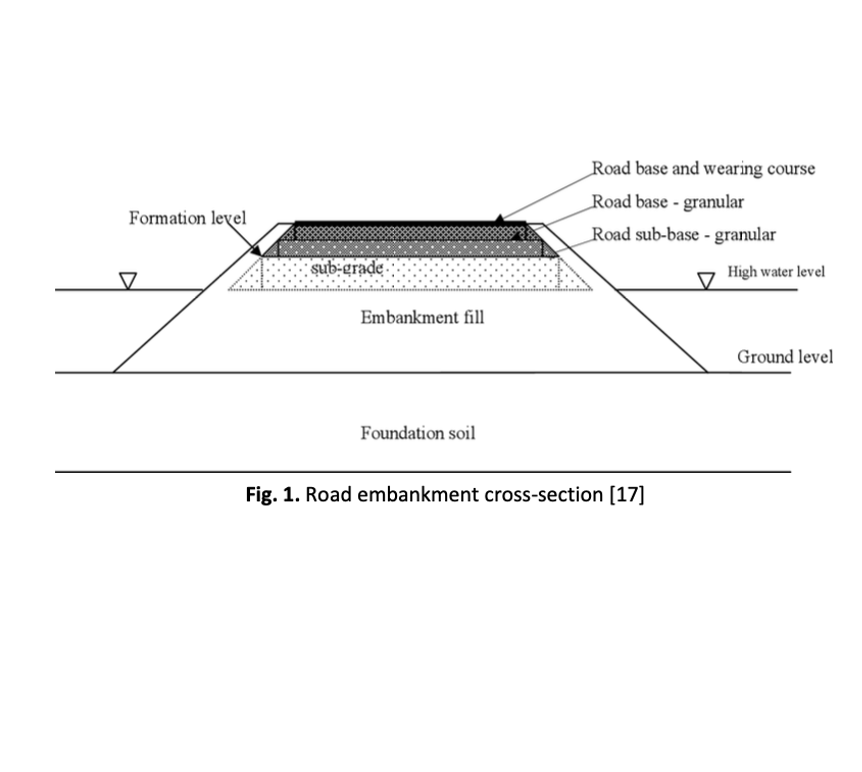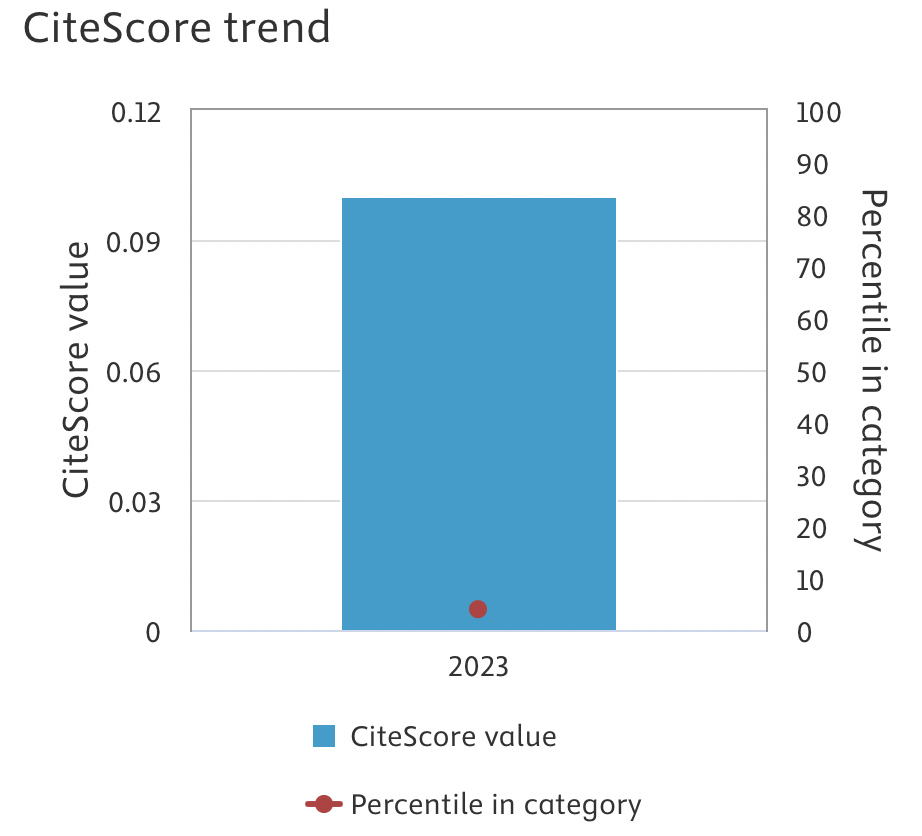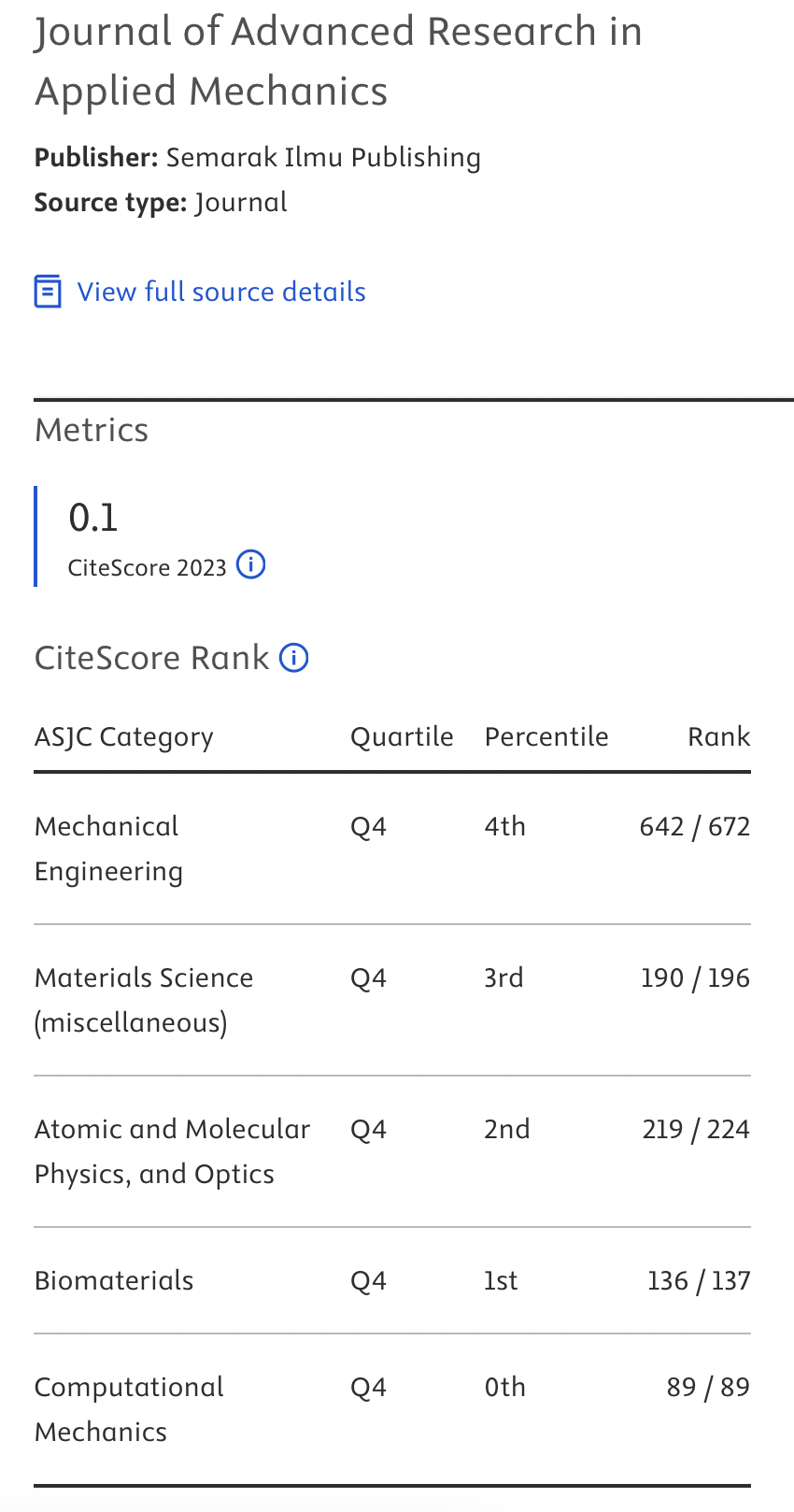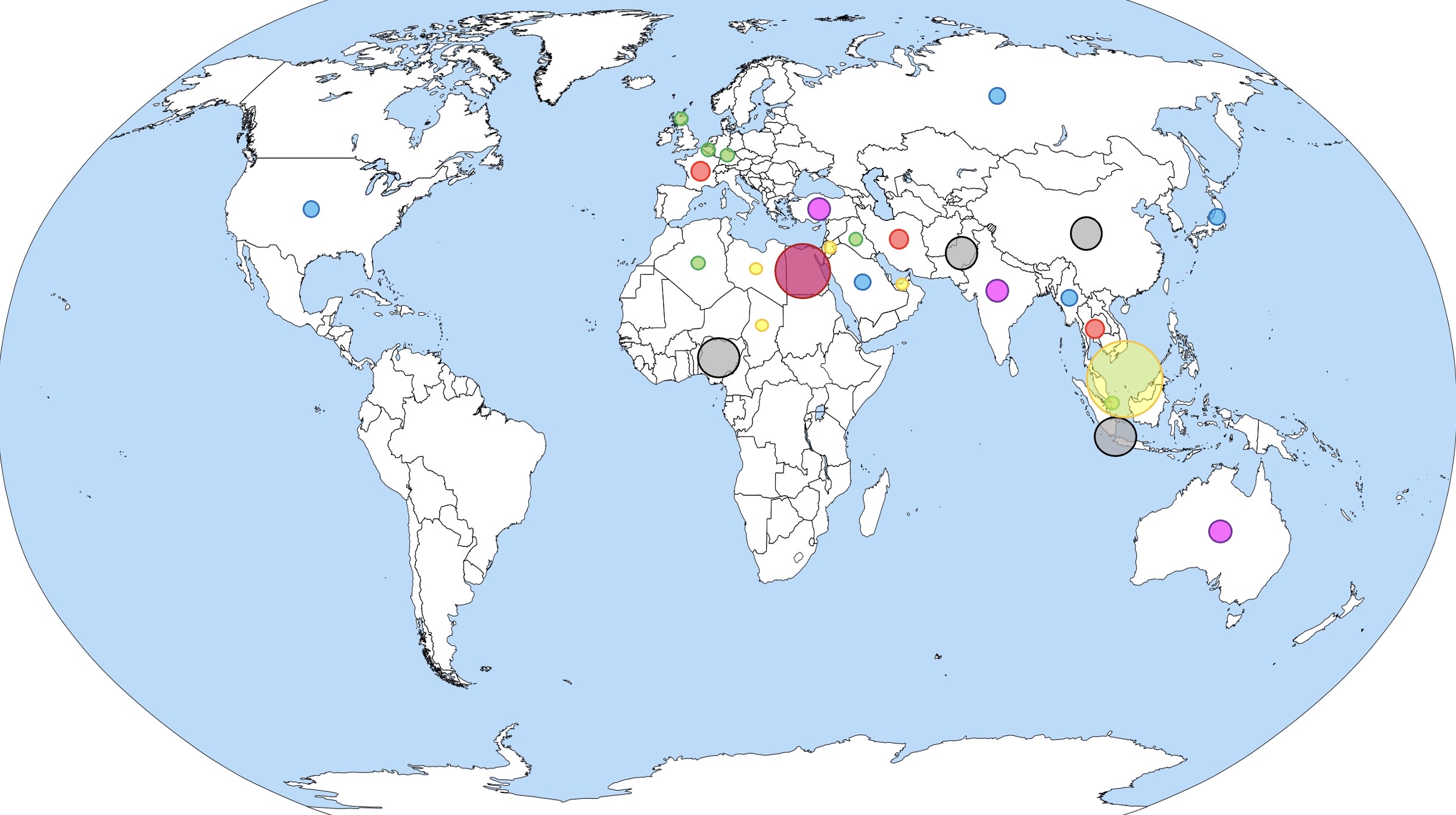Shear Strength Characteristics of Engineered Sand Backfill Admixed with Recycled Tyre Wastes
DOI:
https://doi.org/10.37934/aram.137.1.1020Keywords:
Sand, rubber, waste, shear strength, environment, sustainabilityAbstract
Sand is a versatile material that has highly coping mechanism, making it able to withstand the hostility of environments and variety of climates. Due to the high demand in construction world, sand is exploited vigorously leading to environmental problems as sand is a non-renewable material. Additionally, the case of accumulation of rubber tyre waste in landfills are becoming a major environmental concern. This is because once disposed, rubber tyre wastes release harmful compounds into the environment while also serving as breeding grounds for mosquitoes and ignition points of uncontrollable fires. The current work expounds on the adoption of sand-rubber waste as an initiative to address both issues, simultaneously contributing to the reduction of contamination towards environment. The partial substitution means reduced usage of sand in construction to lessen the demand and exploitation of natural sand. The inclusion of rubber tyre waste in the mixture would also curb the problem of illegal dumping in landfills or open areas. Shear strength parameters of the sand-rubber waste mixture was evaluated using Direct Shear Test, mainly to examine the shear resistance of the innovative composite under vertical load application. From the test results, the optimum mix ratios were identified as 60S40R and 80S20R, for shear strength characteristics that most resemble that of the natural sand or 100S, recording shear strength values of τ = 0.444 tan φ and τ = 0.625 tan φ respectively. For further strength enhancement, an optimal 1.5% steel fibre (10 mm) and 0.5% proprietary soil stabiliser (PMC) could be admixed with the sand – rubber mixture. In conclusion, 40% of sand savings can be achieved for moderate loading construction while 20% savings can be made for high loading applications. The rubber waste substitution of sand also enabled a significant reduction in the dumping at landfills, while enabling effective recycling of an otherwise waste material as useful backfill substitution material for construction purposes.






 "SHARE YOU KNOWLEDGE FOR A BETTER TOMORROW"
"SHARE YOU KNOWLEDGE FOR A BETTER TOMORROW"















